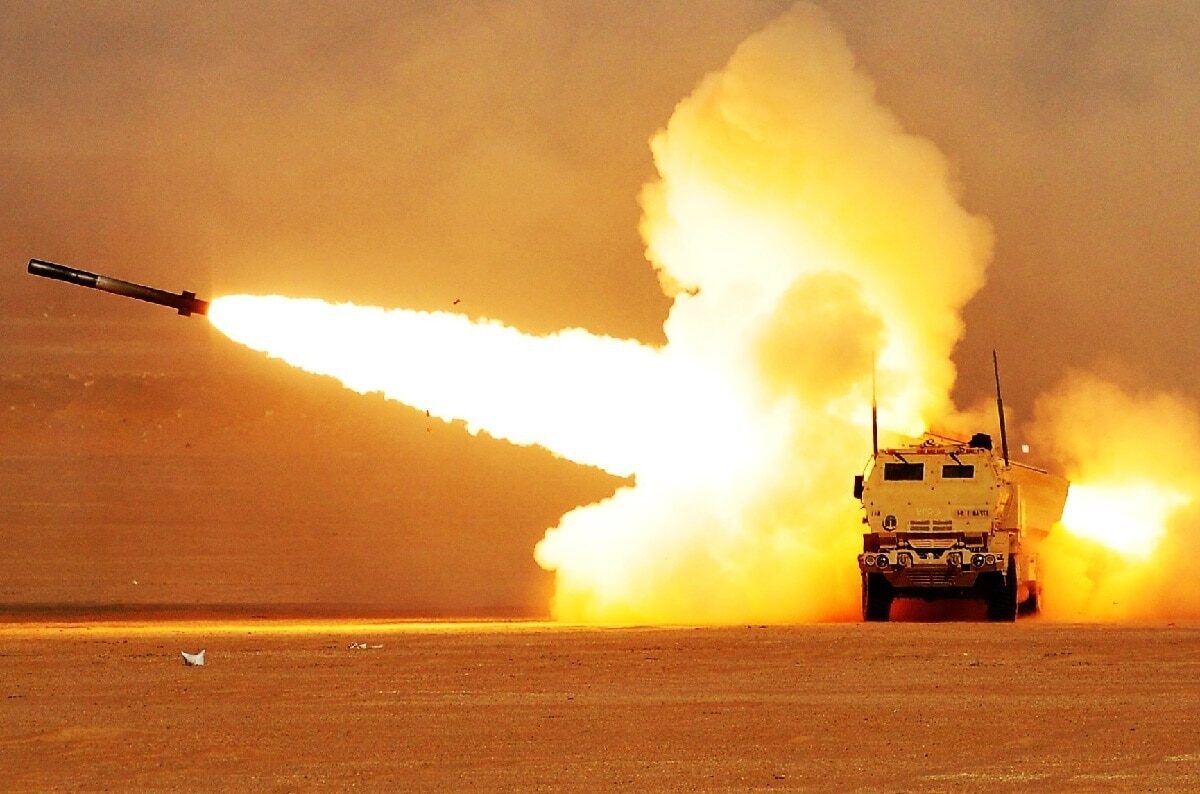On day 103 of the Russian invasion of Ukraine, the Russian military continues to bleed casualties and momentum in the Donbas.
Fighting in the Donbas
Although last week it seemed that the Russian forces had built momentum and were gaining ground with slow and deliberate advances, over the weekend, the Ukrainian forces mounted successful topical counterattacks, reclaiming lost ground in and around Severodonetsk. Once more, it can be seen that the Russian forces lack a potent combined arms capability.
The Ukrainian Ministry of Defense claimed that as of Monday, Ukrainian forces have killed approximately 31,250 Russian troops (and wounded thrice that number), destroyed 211 fighter, attack, and transport jets, 171 attack and transport helicopters, 1,386 tanks, 690 artillery pieces, 3,400 armored personnel carriers, 207 Multiple Launch Rocket Systems (MLRS), 13 boats and cutters, 2,395 vehicles and fuel tanks, 96 anti-aircraft batteries, 551 tactical unmanned aerial systems, 53 special equipment platforms, such as bridging vehicles, and four mobile Iskander ballistic missile systems, and 125 cruise missiles shot down by the Ukrainian air defenses.
A Tour of the Ukraine Battlefield
In its daily update of the war, the British Ministry of Defense focused on the situation throughout Ukraine and not just the Donbas, where most of the ground fighting is taking place.
For the first time in a month, the Russian military launched a long-range strike against the Ukrainian capital of Kyiv.
“In the early hours of 5 June, Russian Kh-101 air-launched cruise missiles struck rail infrastructure in Kyiv, likely in an attempt disrupt the supply of Western military equipment to frontline Ukrainian units,” the British Military Intelligence assessed.
In the Donbas, the Russian forces haven’t made any significant gains and have lost some territory to Ukrainian counterattacks.
“In the Donbas, heavy fighting continues in the contested town of Sieverodonetsk and Russian forces continue to push towards Sloviansk as part of their attempted encirclement of Ukrainian forces,” the British Ministry of Defense stated.
Meanwhile, the Russian Navy is trying to wrestle control of the Black Sea by emplacing anti-aircraft systems on the Snake Island, which has seen heavy fighting since the beginning of the war.
“At sea, following the loss of the cruiser Moskva in April, Russian forces have likely moved multiple air defence assets to Snake Island in the western Black Sea, including SA-15 and SA-22 systems. It is likely these weapons are intended to provide air defence for Russian naval vessels operating around Snake Island. Russia’s activity on Snake Island contributes to its blockade of the Ukrainian coast and hinders the resumption of maritime trade, including exports of Ukrainian grain,” the British Military Intelligence added.
More Multiple Rocket Launch Systems to Ukraine
Last week, the U.S. military announced the commitment of four Multiple Rocket Launch Systems (MLRS) to Ukraine.
With the capability to put a heavy concentration of fire at great distances, these weapon systems will significantly boost the Ukrainian long-range fires capabilities and assist the Ukrainian forces in the fighting in the Donbas.
Now, the United Kingdom is following suit and is sending seven M270 Multiple Rocket Launch Systems and an unspecified number of M31A1 munitions to Ukraine.
“The UK stands with Ukraine in this fight and is taking a leading role in supplying its heroic troops with the vital weapons they need to defend their country from unprovoked invasion. If the international community continues its support, I believe Ukraine can win,” British Defense Minister Ben Wallace said in a press release.
“As Russia’s tactics change, so must our support to Ukraine. These highly capable multiple-launch rocket systems will enable our Ukrainian friends to better protect themselves against the brutal use of long-range artillery, which Putin’s forces have used indiscriminately to flatten cities,” the British defense minister added.
On its part, the U.S. military is contributing the M142 High Mobility Artillery Rocket System (HIMARS), also a member of the Multiple Rocket Launch System family.
But to learn to operate the new and unfamiliar weapon systems, Ukrainian troops have to go through extensive training that will take at least a few weeks. For the British M270s, the Ukrainian military is sending a cadre of troops to the United Kingdom, while for the U.S. M142 HIMARS, the Ukrainian soldiers will join their comrades who are already training in other weapon systems in NATO locations around Europe.
1945’s New Defense and National Security Columnist, Stavros Atlamazoglou is a seasoned defense journalist specializing in special operations, a Hellenic Army veteran (national service with the 575th Marine Battalion and Army HQ), and a Johns Hopkins University graduate. His work has been featured in Business Insider, Sandboxx, and SOFREP.

